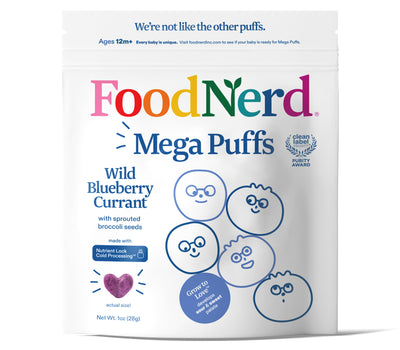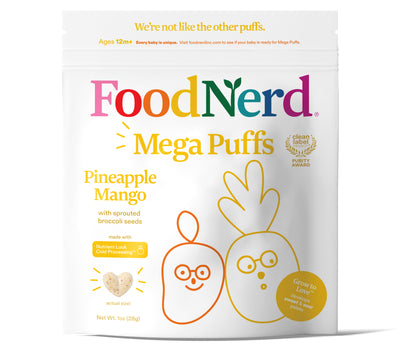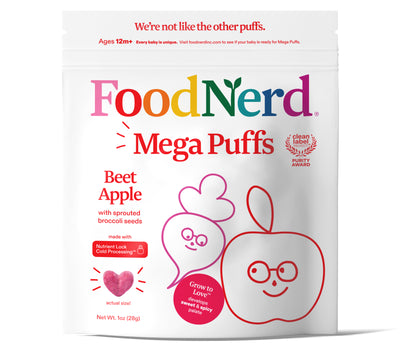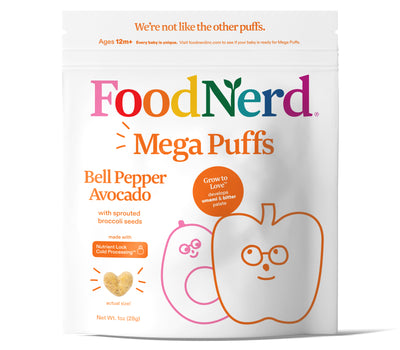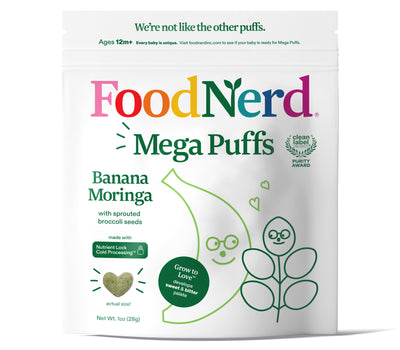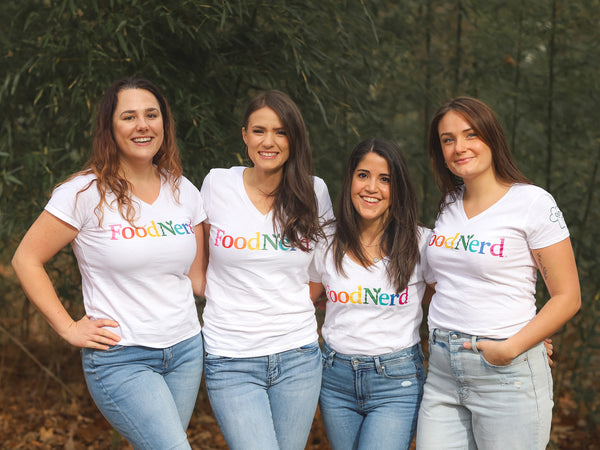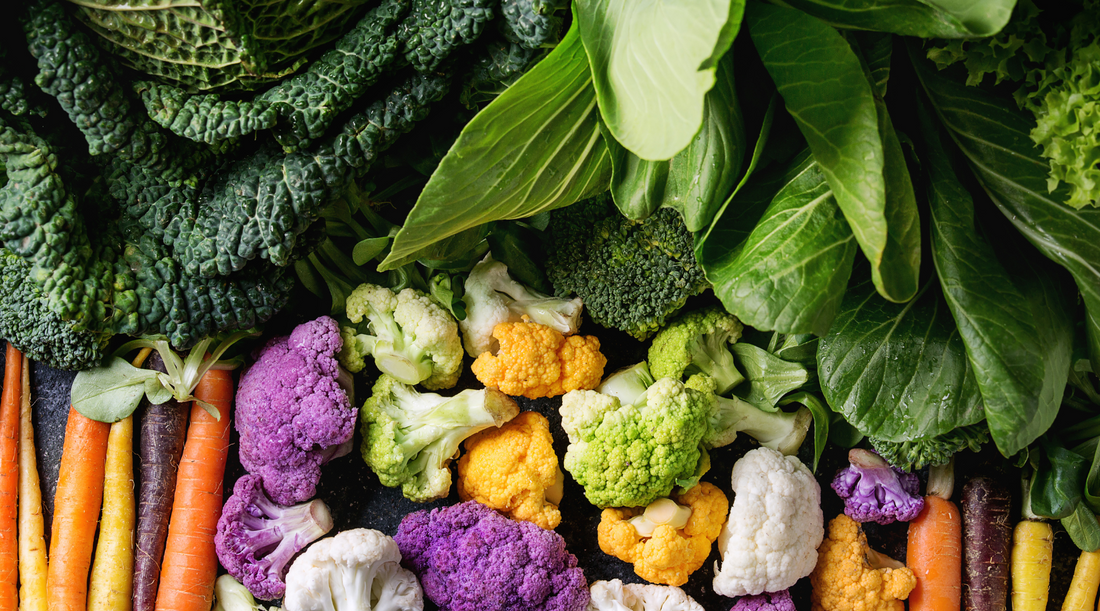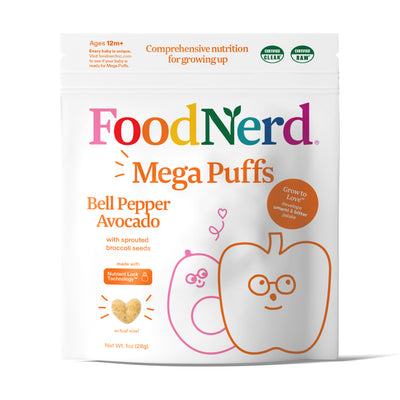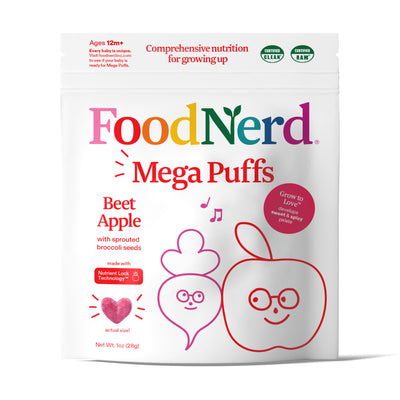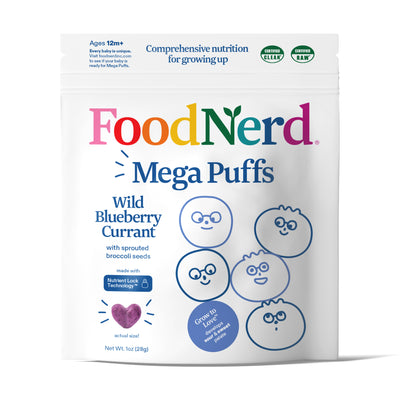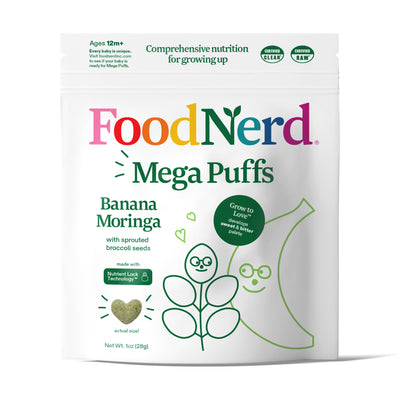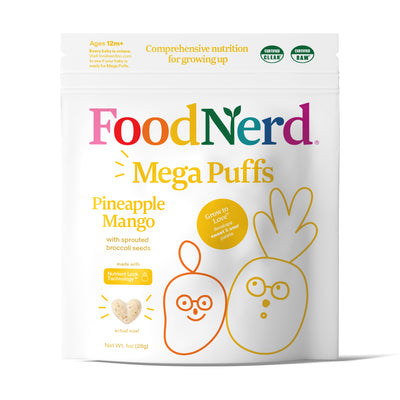Author: Trish Shea R.D.
Raw Foods vs Cooked, Which is Better?
Did you know Europe’s earliest humans ate a raw food diet?
Research analyzing dental plaque from 1.2-million-year-old human remains showed traces of meat, grasses, pollen grains, and insect fragments—all eaten raw.
Although the use of fire by early humans is hotly debated, microfossils found in Europe show evidence that fire was used for cooking food 800,000 years ago.
The point here is that our ancestors ate a diet of raw foods, eventually adding in cooked foods when the use of fire technology was discovered.
What does this mean for today’s humans?
Both raw and cooked foods are important components of a healthy diet. We are going to focus on the benefits of eating raw foods.
Raw Foods—The What
Generally, raw foods are whole foods that haven’t been processed or cooked. For a food to be considered raw, it shouldn’t be heated above a specific temperature, usually ranging from 92ºF to 118ºF.
Examples of raw foods are fruits, vegetables, nuts, and seeds (Mega Puffs also count!)
Raw Vs Cooked Food

Similarities :
- Both raw and cooked fruits and vegetables are rich in fiber, which is excellent news for the microbiome (fiber = a healthy microbiome = a healthier you).
Differences:
- Cooking fruits and vegetables can reduce the bioavailability of certain micronutrients, including vitamins and phytochemicals.
- On the other hand, applying heat to certain foods may enhance the bioavailability of some nutrients, for example, lycopene in tomatoes.
- Cooking food breaks down plant cell walls and fiber, which can make the food easier to digest. *Note: the more raw foods you eat, the better you will be able to digest them—start low and go slow! See our blog on plant diversity for more info.
Vitamins & Cooking
Vitamins in food can be unstable, and losses may be caused by processing and heat. Water-soluble vitamins, such as C and B, are easily destroyed by heat, while fat-soluble vitamins are less susceptible. Vitamin losses vary depending on the cooking method and type of food used.
Vitamins degraded by heat:
- Vitamin A or Retinol (a fat-soluble vitamin)- Quickly loses its activity when heated in the presence of oxygen, especially with higher temperatures.
- Functions: skin & vision
- Vitamin C (water-soluble vitamin, antioxidant)-Easily degraded during cooking. Higher temperatures and longer cooking times cause more significant losses.
- Functions: produces collagen, aids in wound healing and iron absorption
- Folate (B vitamin; water-soluble)-Losses due to high temperatures during cooking. Leaching of vitamins into cooking water may occur.
- Function: helps to form red blood cells and prevents neural tube defects
- Thiamin (B vitamin; water-soluble)- Degraded during cooking, even with slightly acidic conditions. Alkaline pH during cooking or processing leads to even more significant losses.
- Function: plays a significant role in the metabolism of carbohydrates
Raw Foods-The Why

Eating raw foods provides a variety of health benefits.
Benefits of Eating Raw Foods
- Raw foods may be better for mental health. Research has shown that higher intakes of raw fruit and vegetables, compared to cooked or canned, in young adults was associated with significantly higher mental health outcomes, including:
- Decreased depressive symptoms
- Higher mood
- Higher life satisfaction
Eating cooked and canned fruit and vegetables were only associated with an increased positive mood.
This study found that the top 10 foods related to better mental health were carrots, bananas, apples, dark leafy greens like spinach, grapefruit, lettuce, citrus fruits, fresh berries, cucumber, and kiwifruit (all raw eaten raw!!).
- It preserves phytochemicals so that you can take advantage of their protective health benefits. Phytochemicals (compounds found in plant foods that contribute to their color, taste, and smell) can be found in much higher amounts in raw roods versus their cooked version. This depends on the cooking methods and the type of food used.
- Eating raw means eating more unprocessed, whole foods. This translates into eating more nutritious plant-based foods and less processed food that is usually full of sugar, unhealthy fats, artificial ingredients, and other additives. Other possible benefits include the following:
- Weight loss. Raw foods also contain fewer calories than processed foods, so eating more natural foods may lead to weight loss.
- Reduced risk of chronic diseases. Plant foods contain phytochemicals that help to protect against inflammation, which plays a massive role in the development of chronic disease. Additionally, eating a diet rich in plant foods is likely to reduce blood pressure, blood sugar, and lipid profiles, all of which contribute to the development of chronic disease.
- Low cost. Raw plant foods cost much less than meat, fish, or other animal products. Buying in season and purchasing produce at local farmers' markets will save you even more money!
- It may be better for the environment. Eating a plant-based diet may help protect the environment by reducing water and land use and lowering levels of greenhouse gas emissions.
Cooking Oats vs. Overnight Oats (Raw)
Overnight oats are soaked in a liquid (we suggest using plant-based milk), usually for a few hours. The beauty of overnight oats is that soaking them softens them as if they have been cooked without the nutrient-degrading effects of heat. Other benefits of eating overnight oats include:
- Easier to digest. Soaking oats break down their starch molecules and decrease their level of antinutrients, which can interfere with digestion and the bioavailability of other nutrients.
- Contain more resistant starch. Resistant starch is technically not fiber, but it has the same beneficial health effects as fiber. Resistant starch may be higher in non-cooked starchy foods than in cooked foods.
- It tastes better than the cooked version. I can’t be alone in thinking that overnight oats are way more delicious than their cooked version. They have a subtle sweeter flavor than cooked oats and are just as easy to make.
Making the Case for Raw Foods

So, let’s get one thing straight—we are not suggesting that you drop everything you are eating now and replace it with 100% raw foods. However, we are suggesting that you eat more raw plant-based foods. The upside is that you will consume more nutritious, fiber-packed foods that aid in weight loss, protect against chronic diseases, and may substantially impact your mental health.
The downside is that there is no downside to eating more raw foods unless you count possible digestive issues. The good news is that you can heal your gut and make it easier to digest these foods. For more info, check out our blog on the diversity of plants.
If raw foods can help us heal our bodies, mind, and spirits, what more could you ask for?
Sources:
- Gunathilake, K. D., K. K. D. Ranaweera, and H. P. Rupasinghe. "Effect of different cooking methods on polyphenols, carotenoids and antioxidant activities of selected edible leaves." Antioxidants 7.9 (2018): 117.
- Karen Hardy, Anita Radini, Stephen Buckley, Ruth Blasco, Les Copeland, Francesc Burjachs, Josep Girbal, Riker Yll, Eudald Carbonell, Jose María Bermúdez de Castro. Diet and environment 1.2 million years ago revealed through analysis of dental calculus from Europe’s oldest hominin at Sima del Elefante, Spain. The Science of Nature, 2016; 104 (1-2) DOI: 10.1007/s00114-016-1420-x
- Kate L. Brookie, Georgia I. Best, Tamlin S. Conner. Intake of Raw Fruits and Vegetables Is Associated With Better Mental Health Than Intake of Processed Fruits and Vegetables. Frontiers in Psychology, 2018; 9 DOI: 10.3389/fpsyg.2018.00487
- Lee, Seongeung, et al. "Effect of different cooking methods on the content of vitamins and true retention in selected vegetables." Food science and biotechnology 27.2 (2018): 333-342.
- “5 Reasons to Try Overnight Oats”. Bob’s Red Mill Natural Foods, https://www.bobsredmill.com /blog/healthy-living/5-reasons-try-overnight-oats/#:~:text=When%20you%20soak%20oats% 20overnight,oats'%20nutrients%20much%20more%20efficiently.
